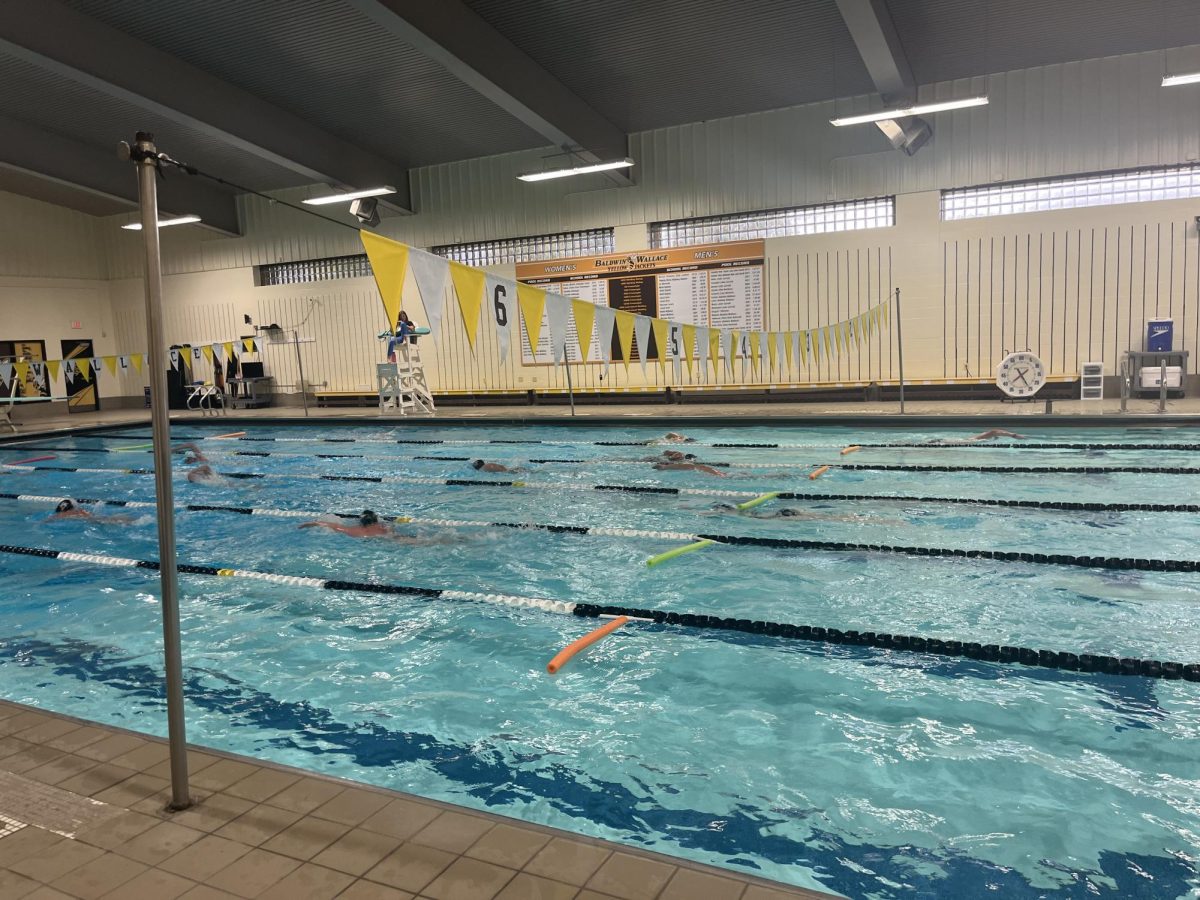The real debate lies in whether swimming or running is harder. Swimmers and runners often discuss which activity is more challenging and demands more from the body. Both swimming and running can burn a significant number of calories while improving heart health and overall fitness. Studies have shown that each activity can provide substantial benefits for the joints and heart in later life.
Swimming is a high-intensity, full-body workout that requires a diverse range of skills. Some of these skills are fundamental, such as water survival, mastering breathing techniques, and treading water. Swimming engages the arms, legs, core, and back, making it an ideal choice for a comprehensive workout. Beyond the essential skill of surviving in water, swimming demands considerable strength, endurance, and breath control. Assistant Principal Mrs. Mann, who has experience as both a competitive swimmer and runner, states, “I believe swimming is harder in a physical way because it involves the development of many different muscle groups and strokes that require varied levels of physical training.” Both swimming and running are individual activities that place significant stress on the body and engage every muscle. While swimming, individuals must also contend with waves and water resistance to reach their destination, making it challenging to maintain pace without proper training.
In contrast, running is a high-impact activity that can be performed almost anywhere. It can lead to a higher risk of injuries due to the stress it places on the joints, potentially resulting in long-term issues. Running requires less skill to begin; although foundational elements like breathing and arm movements exist, these can be easily taught for a basic workout. However, running can be taxing on both the body and mind, demanding great endurance and often becoming mentally and physically exhausting. An outside reporter from the local swim team, who participates in both competitive swimming and running, notes, “Cross country meets are harder than swim meets, but swim practices are harder than cross country practices.” While this can vary depending on coaching styles, running at meets can become highly competitive and may lead to more injuries than swimming during competitions.
Ultimately, swimming and running can complement each other, creating a well-rounded fitness regimen depending on workout intensity. Running primarily targets the lower body, while swimming offers a more comprehensive workout. Swimming can push the body to extreme limits, especially in competitive settings, whereas running places significant stress on the legs and arms, particularly when aiming for speed.















